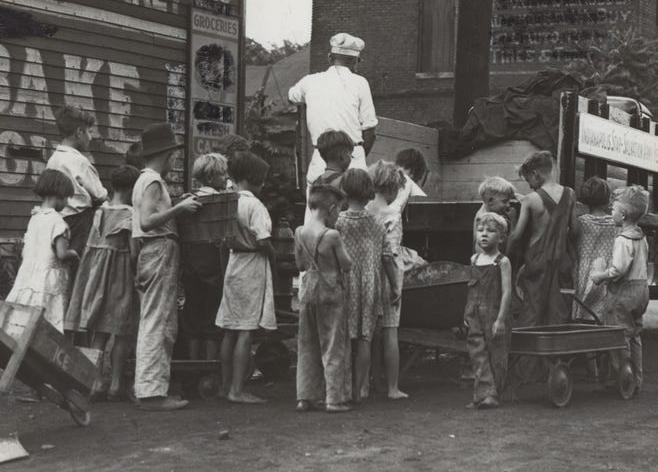The Salvation Army’s ranks, also known as Salvationists, began work in Indianapolis in March of 1889, housed at 76-78 East New York Street. The ministry came to Indianapolis via the United Kingdom. William Booth and his wife Catherine founded the Salvation Army in 1865 to minister to London’s East End homeless population.
Radical for its time, the Army spread its evangelical Christian beliefs. Booth’s daughter, Evangeline was instrumental in bringing the mission to the United States, working over 30 years as a national commander, and eventually became the Army’s fourth general. Eliza Shirley and Samuel Logan Brengle also led the Army’s expansion across the United States.
Internationally, the Salvation Army is a ministry, although the public often first recognizes its secular thrift shops, red buckets, bell-ringers, and holiday toy drives. The organization addresses homelessness, substance abuse, food insecurity, job training, and health assistance–all with the long-term goal to combat systemic poverty. It expects military-like discipline from its members in order to “respond quickly and efficiently to human need whenever and wherever it arises.”

Officers and church members wear uniforms that also attest to the military structure. They wear these uniforms during their outreach work in Indianapolis and worldwide. Early history demonstrates the Salvation Army’s inclusion of women, in Indianapolis and elsewhere. The organization continues to provide active services to minority and marginalized groups. Due to national allegations of discrimination, the Army has publicly renewed efforts to include the LGBTQ+ community in its work.
In Indianapolis, the Salvation Army’s Divisional headquarters serves Central Indiana. Two Indianapolis area corps community centers (Eagle Creek, ) provide worship, senior citizens, and educational services. Major service locations include the Harbor Light Center, a drug and alcohol treatment center; the Ruth Lilly Women and Children’s Center, an emergency shelter with educational programs to address domestic violence, mental illness, and material assistance; and Emergency Disaster Services. The organization also produces a weekly radio program on radio to keep listeners up to date on the Salvation Army news in Indiana and elsewhere.
In 2017, the Indianapolis Salvation Army served more than 304,025 meals and provided other services (non-religious) to 158,413 persons. Funds for its $12 million budget come from donor contributions (51 percent), local, state, and federal government (40 percent), indirect public contributions (5 percent), and program service fees (4 percent).

Help improve this entry
Contribute information, offer corrections, suggest images.
You can also recommend new entries related to this topic.